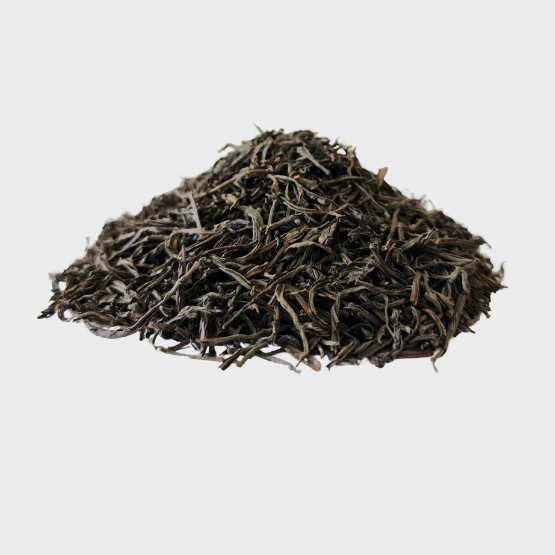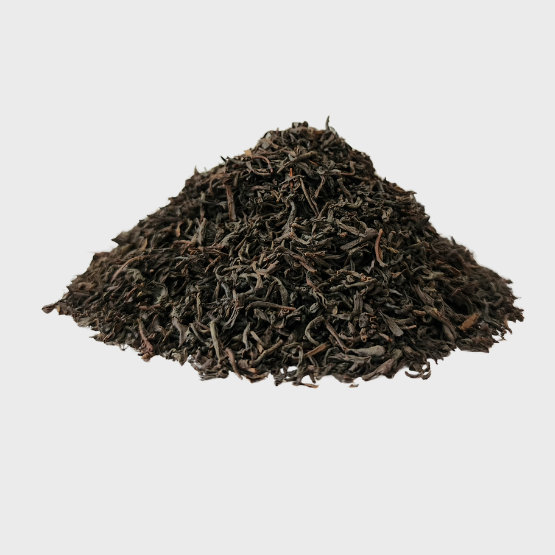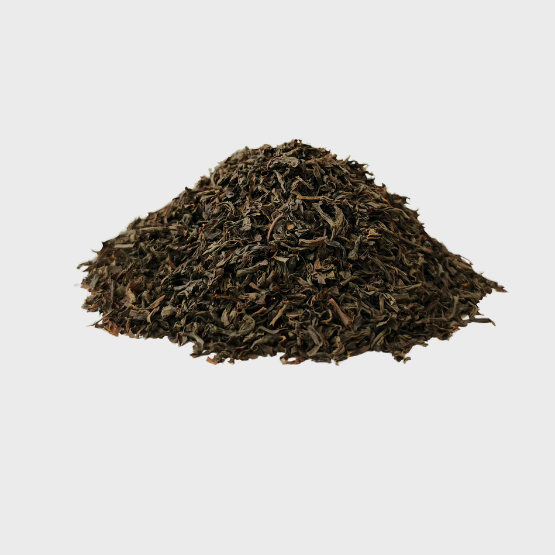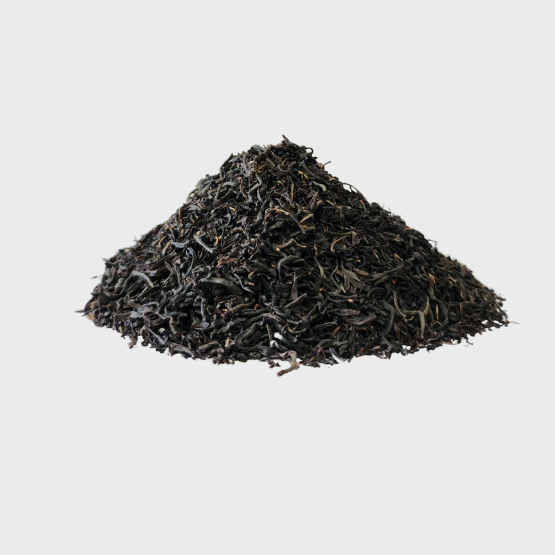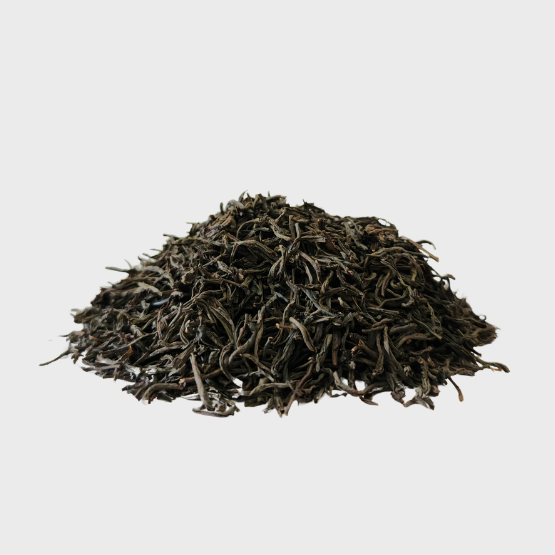
Black Tea - OP
OP or Orange Pekoe is a grade of Ceylon black tea characterized by its long, thin and slightly twisted whole tea leaves. It is known for its smooth and balanced flavor, with a touch of astringency. When brewed, it produces a light golden-reddish liquor with a delicate taste, making it a favorite among tea enthusiasts who prefer a lighter and more refined cup.
This grade is part of the broader Orange Pekoe classification system, which categorizes tea based on the size and quality of the leaves. OP tea is slightly smaller and less open than OPA (Orange Pekoe A) but larger and more intact than broken leaf grades like BOP (Broken Orange Pekoe).
Primarily sold in Iran but also popular in the Greek market. It is also popular among the Turkish community that resides in Europe.
This is also one of the most expensive grades of Ceylon tea.
Orange Pekoe (OP) tea pairs beautifully with a range of flavors, enhancing its smooth and balanced profile. Here are some great options to complement your cup:
some specific pairings with OP tea based on regional traditions and flavors:

